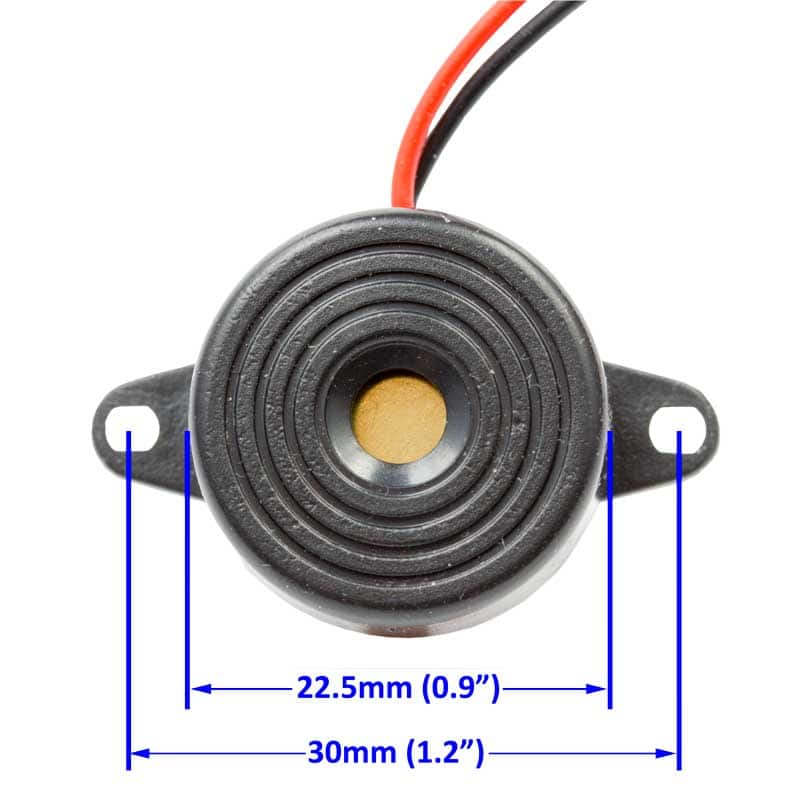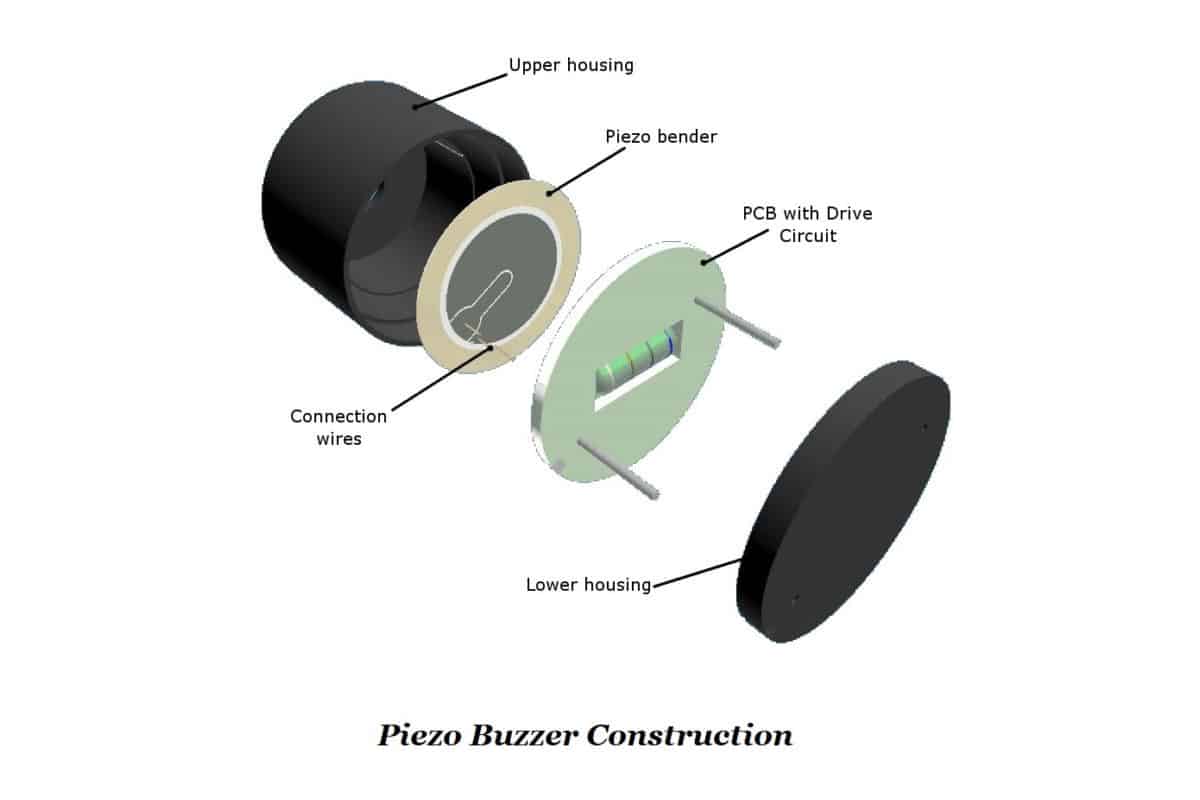
These two devices have the following structures.Īt the center of the piezo buzzer is a piezoelectric element.
Lowly rated resonant frequency (1-3 kHz). Highly rated resonant frequency (1-6 kHz). Low current consumption of less than 30mA. Piezo and magnetic buzzers have the following characteristics. Current passing through the coil pushes the disk forward, generating a sound pulse. Above these components is a vibrating disk. This buzzer consists of a magnet encapsulating a coil that wounds around a yoke. Its structure consists of two metal conductors that sandwich a piezoceramic layer. There are five common buzzer types, but piezo and magnetic buzzers dominate the market.Ī piezo buzzer uses the piezoelectric phenomenon to produce sound when a voltage goes through the ceramic piezoelectric element. Read through to learn more about piezo vs. We have looked at two of the most popular buzzer types you can use in your project. Therefore, it is easy to integrate with tiny circuit boards packed in compact housings. The low-cost, high-quality audio devices are also compact units. While piezo buzzers operate at lower voltages and are more compact, magnetic buzzers can be louder than those of a smaller size and consume more power.Buzzers are some of the most versatile audio signal devices used for delivering notifications in cars, phones, kitchen appliances, etc. The main difference lies in the operating voltages and the relative sizes of both types of buzzers. Magnetic buzzers, for example, use an electromagnetic coil to move a magnetic disk in accordance with the fluctuations it creates. Other types of buzzers use different principles to produce sound. Piezo Vs Magnetic Buzzerīuzzers can also be made possible by piezoelectricity. It can translate sounds into high-quality electrical signals when used in its reverse function as a microphone or pickup. They are a cheap alternative to speaker cones in small toys and gadgets, but their frequency response makes them ineffective in delivering high-quality audio information. However, the range of Piezo buzzers is limited. A common example is the “singing birthday cards”, which deliver a tune when opened. These are often used to deliver sound effects and audio information in low-cost toys and disposable electrical products. Piezo buzzers are used in alarms and alert systems for both commercial and industrial purposes to emit warning tones. There are many different sizes and variants that produce different results. 
Piezo buzzers can be used in many different tools, devices, and circuits. The buzzer is powered by a voltage and the material converts that voltage into a sound or tone. It is also possible to do the opposite, where the material receives an electrical signal and converts it into heat and mechanical energy.Ī piezobuzzer is made up of piezoceramic material enclosed in a small enclosure with solder loops or tags for the negative and positive terminals. A sound signal vibrates a surface, and the piezo pick up converts the vibrations into electrical information. This principle can be used to create transducer microphones or ‘contact’ microphones. Piezoelectricity, a fundamental principle in modern electronics, describes the unique ability certain crystalline materials have to convert pressure or movement into electric energy. The most popular of these buzzers is the piezoelectric, also known as the piezobuzzer.

There are many uses for buzzers, and different types of buzzer can be used for different purposes.

How does the piezo buzzer work? What’s a Piezo Buzzer?īuzzers are an electronic device that emits a sound when it receives an electrical signal. There are many specialized components, whose properties are assumed to be standard by most consumers.

You may have encountered basic components and their operation if you are new to the discipline of electrical engineering.








 0 kommentar(er)
0 kommentar(er)
